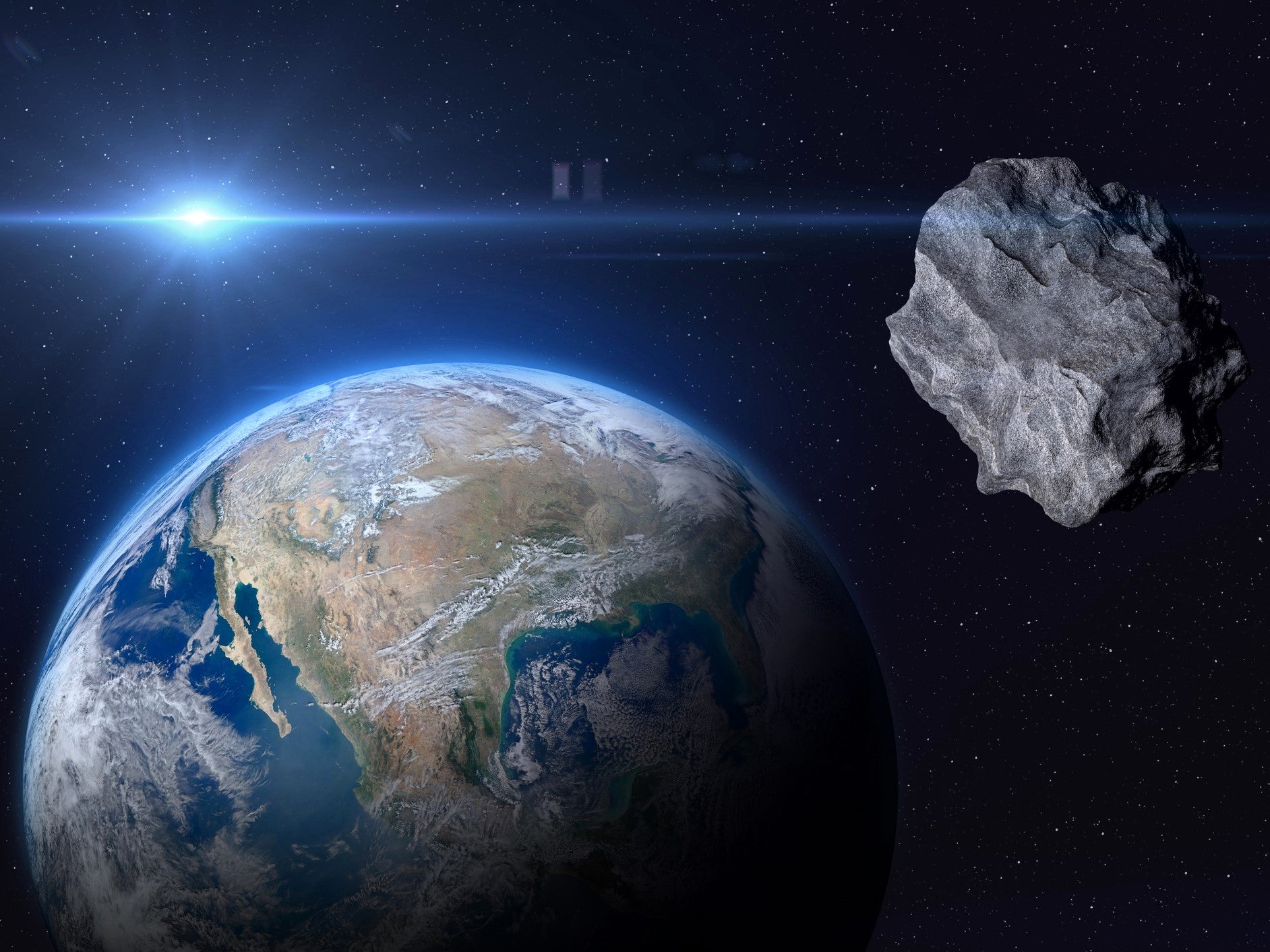Algorithm finds 600-foot, ‘potentially hazardous’ asteroid near Earth

An algorithm has spotted a nearly 600-foot, potentially hazardous asteroid near Earth.
The tool is intended to find dangerous objects in Earth’s vicinity, to allow scientists to better track them and understand any threat they might pose.
The new discovery is the system’s first detection of a “potentially hazardous” asteroid, a term that is used for those rocks that are near enough and possibly threatening enough to cause a danger to Earth. An asteroid gets the designation if it is within about 5 million miles of Earth’s orbit.
The asteroid, known as 2022 SF289, does not pose any threat to Earth for the foreseeable future. Its closest approach brings it 140,000 miles from Earth – closer to us than the Moon, but still far enough away to be safe.
But the creators of the algorithm said that it showed that the system could be used to detect others in the future – some of which may pose a threat to life on Earth.
“By demonstrating the real-world effectiveness of the software that Rubin will use to look for thousands of yet-unknown potentially hazardous asteroids, the discovery of 2022 SF289 makes us all safer,” said scientist Ari Heinze, the principal developer of the algorithm, known as HelioLinc3D.
Astronomers are looking forward to switching on the Vera C. Rubin Observatory, in Chile, in 2025. It will allow for a much more detailed view of the night sky.
They hope that it can be used to spot more potentially hazardous asteroids, or PHAs. But the extra detail will also make more work for those poring through the data to find them, and so algorithms will be important to helping that work.
HelioLinc3D is one such algorithm, and was built specifically to find asteroids within the Rubin observatory’s dataset. Though the equipment is not yet switched on, its creators looked to test whether it would successfully be able to find asteroids when it is looking through that data.
The discovery of 2022 SF289 suggests that it will be. It was found in data from the ATLAS survey, based in Hawaii. ATLAS had actually seen the object three times on four separate nights, but an asteroid has to be seen four times on one night to be identified as a near-Earth object.
“Any survey will have difficulty discovering objects like 2022 SF289 that are near its sensitivity limit, but HelioLinc3D shows that it is possible to recover these faint objects as long as they are visible over several nights,” said Denneau. “This in effect gives us a ‘bigger, better’ telescope.”
Until now it had also been missed because it was passing in front of the busy and bright stars of the Milky Way. But scientists were able to confirm the existence of the object by looking back through data when they knew where to look.
Scientists are aware of 2,350 PHAs already, but expect there are 3,000 out there waiting to be found.
“This is just a small taste of what to expect with the Rubin Observatory in less than two years, when HelioLinc3D will be discovering an object like this every night,” said Rubin scientist Mario Jurić, director of the DiRAC Institute, professor of astronomy at the University of Washington and leader of the team behind HelioLinc3D. “But more broadly, it’s a preview of the coming era of data-intensive astronomy. From HelioLinc3D to AI-assisted codes, the next decade of discovery will be a story of advancement in algorithms as much as in new, large, telescopes.”
Join our commenting forum
Join thought-provoking conversations, follow other Independent readers and see their replies
Comments
Bookmark popover
Removed from bookmarks